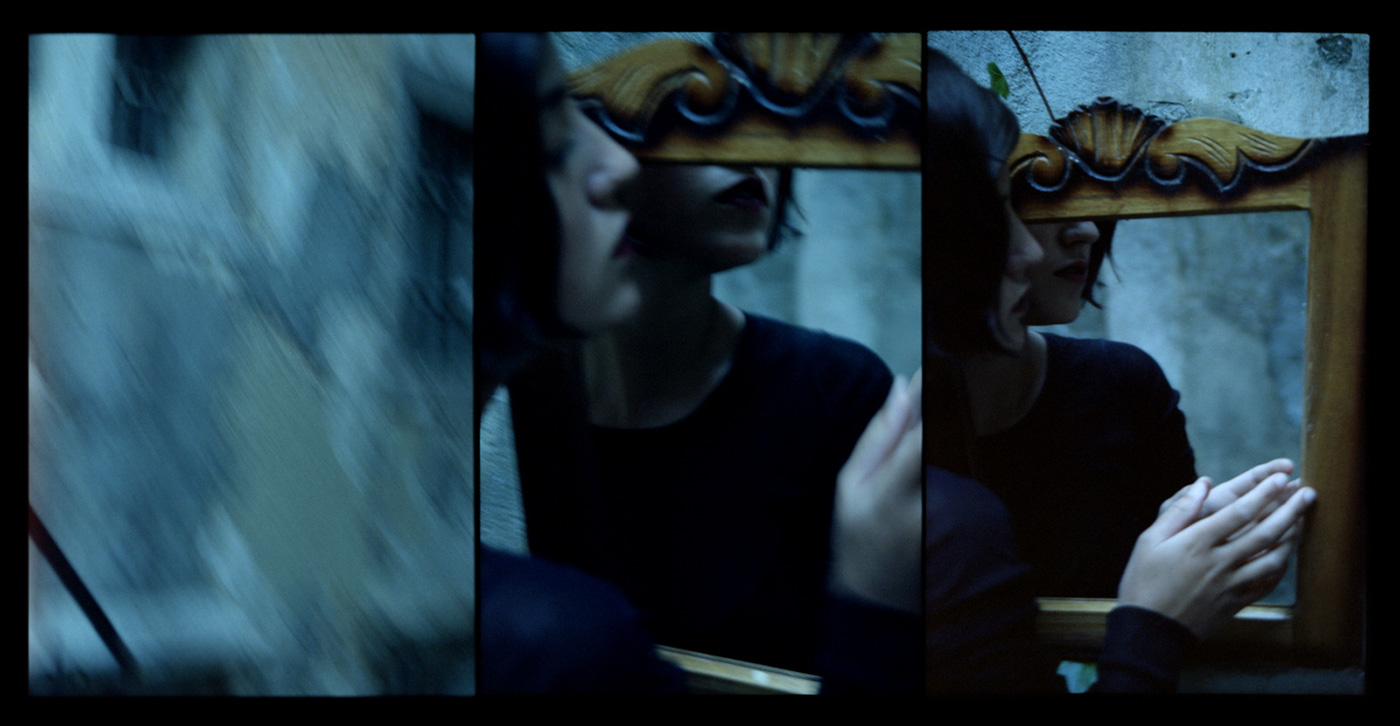
2005, 50x90
[mirror]
n., from Lat. speculo
any polished surface or very smooth with the ability to reflect light; plate glass or crystal, tinned on the posterior surface that reflects
the objects in front.
n., from Lat. speculo
any polished surface or very smooth with the ability to reflect light; plate glass or crystal, tinned on the posterior surface that reflects
the objects in front.
The earliest mirrors created were small hand mirrors made of metal discs slightly convex, polished to the point of reflecting light. Only from
the first century AD began appearing full-length mirrors. The mirrors that we know today, made of glass with a thin layer of metal, were
developed in the late twelfth century.
the first century AD began appearing full-length mirrors. The mirrors that we know today, made of glass with a thin layer of metal, were
developed in the late twelfth century.
Man have always felt fascinated with his reflection, looking for any reflective surface in which he could recognize himself. Regardless, looking
for something more beyond his image and his knowledge. The search for the unknown has been since the beginning of time very important for
Man, divination or contacting the spirit world was how their questions were answered during the ‘pre-scientific’ era.
In recent centuries, the reflecting surface divinatory for excellence has been the mirror, usually created or treated for this purpose. The
basis of this method is the popular belief that the soul is reflected on a mirror. Thus, through meditation the soul communicates with the
person showing him visions of past and future.
Perhaps this attempt to see our soul, so inherent and instinctual that makes us sometimes narcissistic and enamored with the reflection
that we can’t always recognize it as our own. We see only one figure that hypnotises and calls us to a world different from ours, as Alice
so much wanted to go to the other side.
* Edgar Allan Poe

